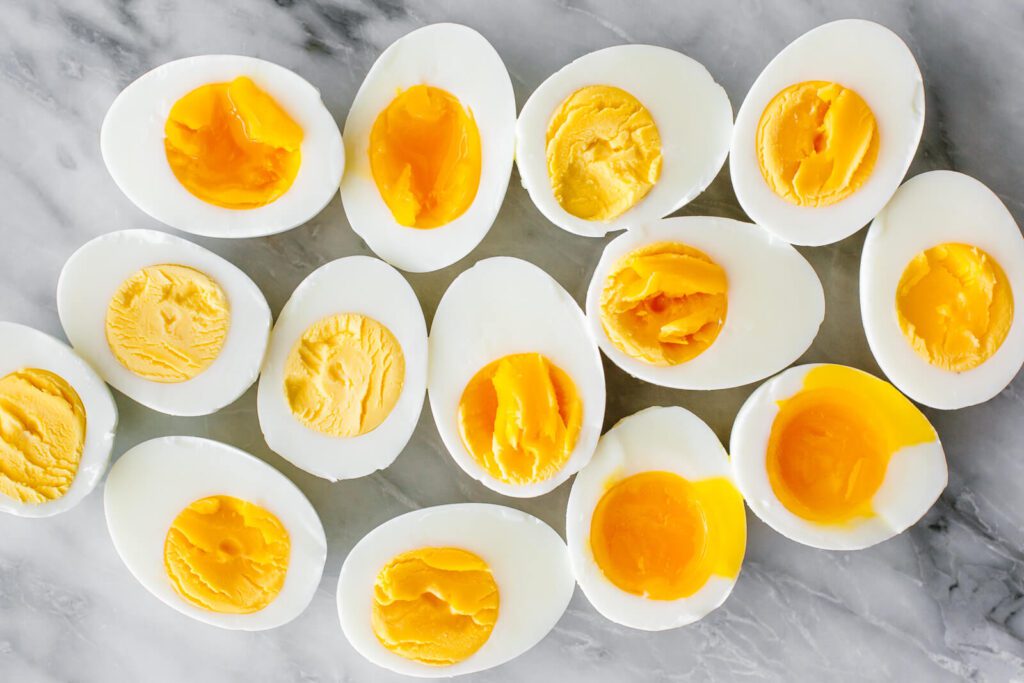Boiling food is a simple, versatile cooking method that every beginner cook should master. The right pot, boiling water before adding food, adding salt to water, not overcooking food are the essential tips for achieving perfectly-boiled food. Blanching vegetables before boiling preserves their flavor and texture, while pasta should be stirred occasionally, and eggs are better with cold water and boiling for 10-12 minutes. For seafood, add it before boiling water to prevent it from becoming tough, and do not overcook. Boiling cuts the time, requires minimal seasoning, and can result in healthy and delicious meals.
The Wonder of Boiling: A Comprehensive Guide to Boiling Food Perfectly
Boiling is a basic cooking technique that every beginner cook should master. It is a simple yet versatile cooking method that can be used to cook a wide range of foods such as vegetables, pasta, eggs, seafood, and meat. Boiling is a quick and easy method that requires minimal seasoning and can result in healthy and delicious meals. In this article, we will explore the wonders of boiling and provide you with some essential tips and tricks to help you boil food perfectly.
How to Boil Food Perfectly: Essential Tips for Beginners
Boiling food can seem like a simple process, but there are a few key elements that can make or break the final result. Follow these essential tips to achieve perfectly boiled food:
Use the Right Pot
The pot you use for boiling should be large enough to contain the food and have plenty of room for water. A small pot can lead to overcrowding, which can affect the final result. Also, avoid using a pot that is too large, as this can cause the water to take longer to boil.
Boil Water before Adding the Food
It is essential to bring the water to a rolling boil before adding the food. This ensures that the food is cooked evenly and helps to maintain the texture and flavor. Adding food to cold water can result in uneven cooking and a loss of flavor.
Add Salt to the Water
Adding salt to the boiling water can enhance the flavor of the food and also help to maintain its color. Use about one teaspoon of salt per quart of water.
Do Not Overcook the Food
Overcooking food can result in a loss of nutrients and flavor. Be sure to keep an eye on the food and remove it from the water as soon as it is cooked to your liking. Al dente pasta, for example, should be firm but not hard.
Boiling Different Types of Food: Tips and Tricks
Here are some specific tips and tricks for boiling different types of food:
Vegetables
When boiling vegetables, be sure to blanch them first. Blanching is a process of briefly boiling vegetables in salted water and then transferring them to ice water to stop the cooking process. This helps to preserve the color, texture, and flavor of the vegetables.
Pasta
When boiling pasta, use plenty of water and salt. The water should be at a rolling boil and the pasta should be stirred occasionally to prevent it from sticking together. Be sure to taste the pasta as it cooks to determine when it is cooked to your liking.
Eggs
The perfect boiled egg can be achieved by boiling the eggs for 10-12 minutes, depending on how you like them cooked. Be sure to start with cold water and bring it to a rolling boil before adding the eggs. Once the eggs are cooked, transfer them to ice water to stop the cooking process and make them easier to peel.
Seafood
When boiling seafood, be sure to start with cold water and add the seafood before the water comes to a boil. This helps to prevent the seafood from becoming tough. Cook seafood until it is just cooked through, as overcooking can result in rubbery and undesirable texture.
Conclusion
Boiling is a versatile cooking method that can be used to cook a wide range of foods. By following these essential tips and tricks, you can achieve perfectly boiled food every time. Boiling can be a quick, easy, and healthy way to prepare delicious meals, making it a valuable technique for every home cook to master.
